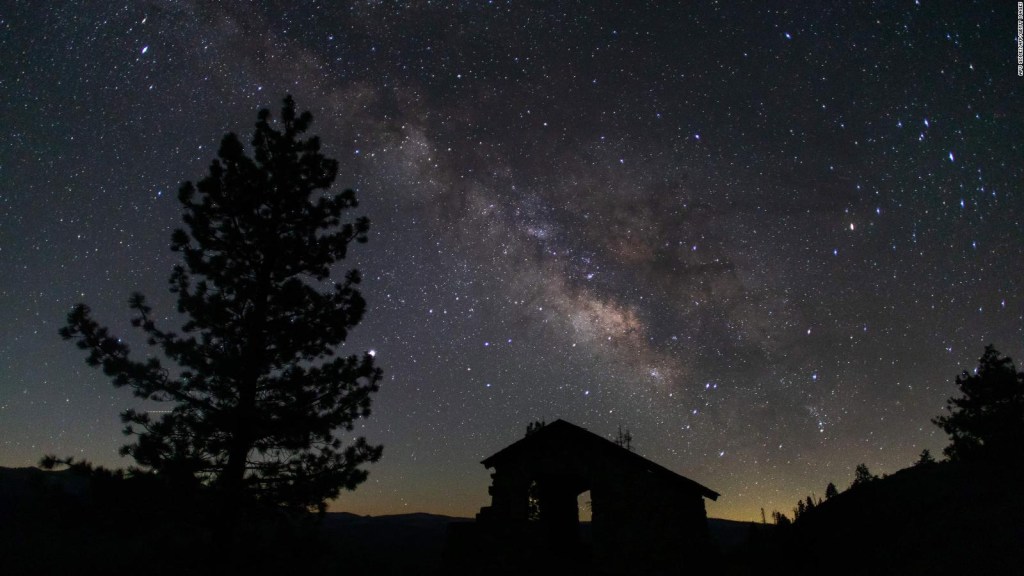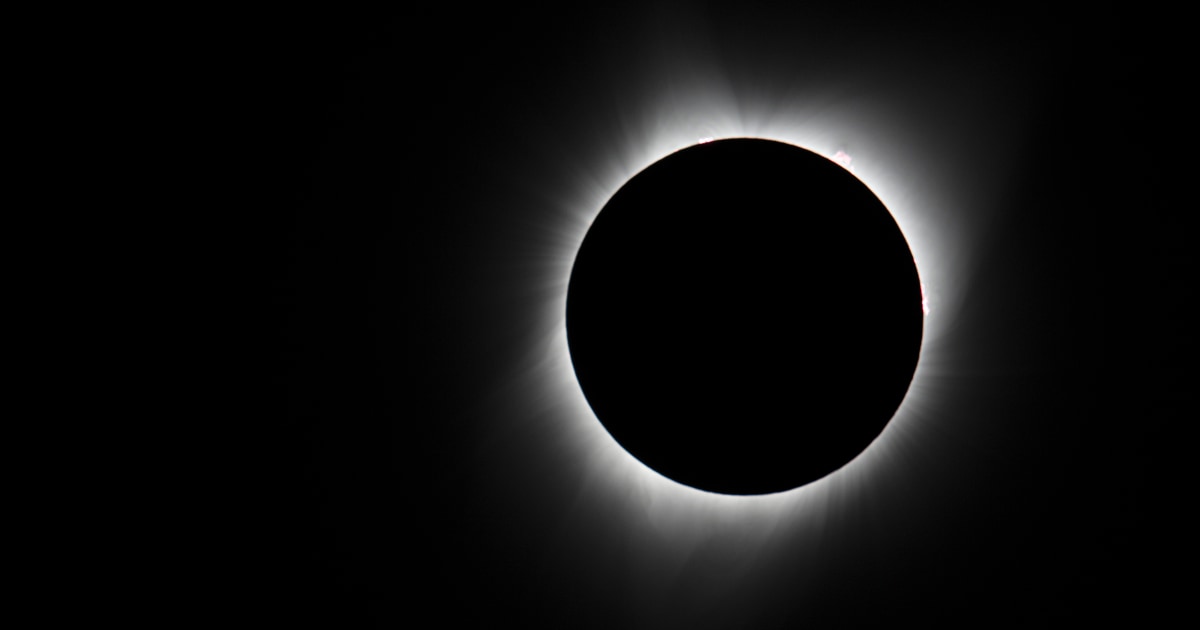How big is the most dangerous asteroid for Earth?
1:15
(CNN) -
An asteroid will fly close to Earth between Friday and Saturday, according to EarthSky.
Apophis, an asteroid that extends more than 399 meters, will be more than 16 million kilometers from our planet or 44 times farther than the Moon, on March 5 at 8:15 p.m. Miami time. of the conjunction (alignment) of planets this Friday, is likely not visible to the naked eye, Beatty noted.
Stargazers can view the asteroid flyby online for free through the Virtual Telescope Project in Rome.
When the asteroid was first discovered in 2004, scientists believed that the asteroid had a slim chance of hitting Earth in 2029, Beatty said.
There was a one in 10,000 chance that the asteroid would hit Earth, but given the damage it would cause, "one in 10,000 is unacceptable from our point of view of humanity," he added.
Fortunately, the 2013 Apophis flyby allowed scientists to collect better measurements, and the new numbers show the chances are extremely low, Beatty added.
He said the large asteroid will still pass close by in 2029, about 38,000 kilometers from Earth, according to EarthSky, and will be easier to see in the sky compared to the 2021 flyby.
Planets alignment
On Friday morning, the largest and smallest planets in the solar system aligned.
advertising
Mercury and Jupiter appeared in conjunction just above the horizon, according to NASA.
A conjunction is when two objects appear close together in the sky, but can actually be millions of kilometers apart, according to Thomas Beatty, an assistant astronomer at the Steward Observatory at the University of Arizona in Tucson.
It's similar to a merry-go-round, he said, with certain animals lining up as they circle around the center of the attraction.
Meteor showers
You have to wait a bit until the next meteor shower, the popular Lyrid in April.
The Lyrids will peak on April 22 and will be best seen in the Northern Hemisphere.
The Moon will be 68% full, according to the American Meteor Society.
The Eta Aquarids soon follow, peaking on May 5 when the Moon is 38% full.
This rain is best seen in the southern tropics, but will still produce a medium rain for those north of the equator.
The Milky Way as seen from Glacier Point Trailside in Yosemite National Park, California.
The Delta Aquarids are also best seen from the southern tropics and will peak between July 28-29, when the Moon is 74% full.
Interestingly, another meteor shower peaks on the same night: the Alpha Capricorns.
Although this is a much weaker shower, it is known to produce some bright fireballs during the peak.
And it will be visible to those on both sides of the equator.
The Perseid meteor shower, the most popular of the year, will peak between August 11-12 in the Northern Hemisphere when the Moon is only 13% full.
PHOTOS |
The Perseid Meteor Shower
Here's the meteor shower schedule for the rest of the year, based on EarthSky's meteor shower forecast.
October 8: Draconids
October 21: Orionids
November 4-5: Southern Taurids
November 11-12: Northern Taurids
November 17: Leonidas
December 13-14: Geminids
December 22: Ursidas
Solar and lunar eclipses
This year, there will be two eclipses of the Sun and two eclipses of the Moon, and three of them will be visible to some in North America, according to The Old Farmer's Almanac.
A total lunar eclipse will occur on May 26, best visible to those in western North America and Hawaii from 4:46 a.m. to 9:51 a.m. Miami time.
PHOTOS |
This is how the total solar eclipse looked
An annular solar eclipse will occur on June 10, visible in the north and northeast of North America from 4:12 a.m. to 9:11 a.m. Miami time.
The Sun will not be completely blocked by the Moon, so be sure to wear eclipse glasses to view this event safely.
November 19 will see a partial lunar eclipse, and sky watchers in North America and Hawaii can see it between 1 a.m. and 7:06 a.m. Miami time.
And the year ends with a total solar eclipse on December 4.
It won't be seen in North America, but those in the Falkland Islands, the southern tip of Africa, Antarctica and southeastern Australia will be able to detect it.
Visible planets
Sky watchers will have multiple opportunities to spot planets in our sky on certain mornings and nights throughout 2021, according to the Farmer's Almanac planetary guide.
Most of these can be seen with the naked eye, with the exception of distant Neptune, but binoculars or a telescope will provide the best view.
Mercury will appear as a bright star in the morning sky from February 28 to March 20, from June 27 to July 16, and from October 18 to November 1.
It will shine in the night sky from May 3 to May 24, from August 31 to September 21, and from November 29 to December 31.
Venus, our closest neighbor in the solar system, will appear in the western sky in the evenings at dusk from May 24 to December 31.
It is the second brightest object in our sky after the Moon.
Mars makes its reddish appearance in the morning sky between November 24 and December 31 and will be visible in the evening sky between January 1 and August 22.
Jupiter, the largest planet in our solar system, is the third brightest object in our sky.
It will be on display in the morning sky between February 17 and August 19.
Look for it on the nights of August 20 to December 31, but it will be brightest from August 8 to September 2.
Other planets: Saturn, Uranus and Neptune
Saturn's rings are only visible through a telescope, but the planet itself can still be seen with the naked eye on the mornings of February 10 to August 1 and the afternoons of August 2 to December 31.
It will be at its brightest between August 1-4.
Binoculars or a telescope will help you detect the greenish glow of Uranus in the mornings of May 16 to November 3 and the afternoons of January 1 to April 12 and November 4 to December 31, Its brightest point It will be between August 28 and December 31.
And our most distant neighbor in the solar system, Neptune, will be visible through a telescope on the mornings of March 27 to September 13 and the afternoons of September 14 to December 31.
It will be brightest between July 19 and November 8.
AsteroidsNASAPlanets



/cloudfront-eu-central-1.images.arcpublishing.com/prisa/XY3C6N54G4B3XBPGV7YLE3AUKM.jpg)








/cloudfront-eu-central-1.images.arcpublishing.com/prisa/B7F2F3HZ2JCUHDZJKAGKAXXPSU.jpg)